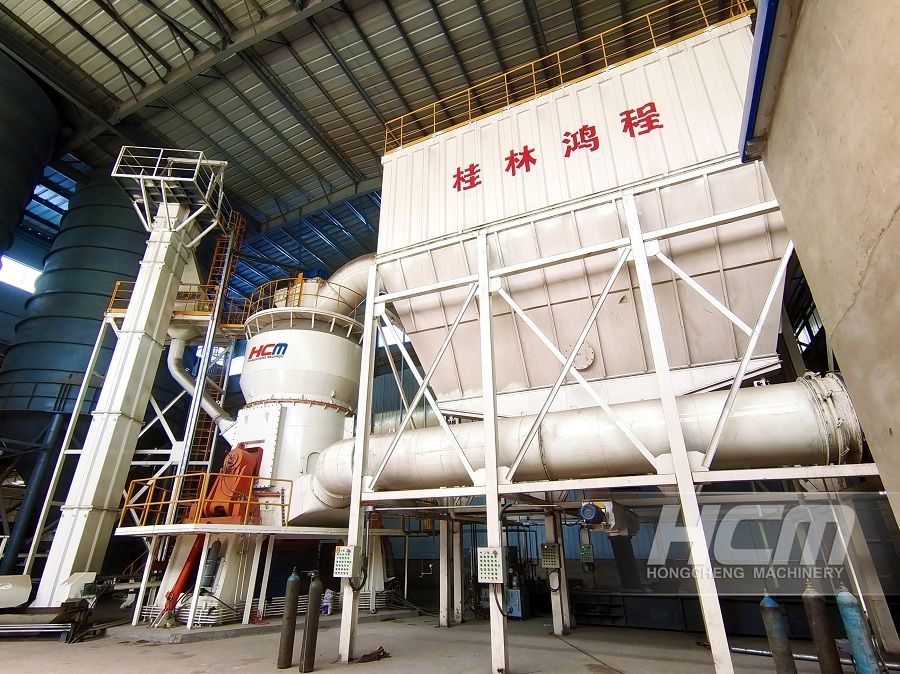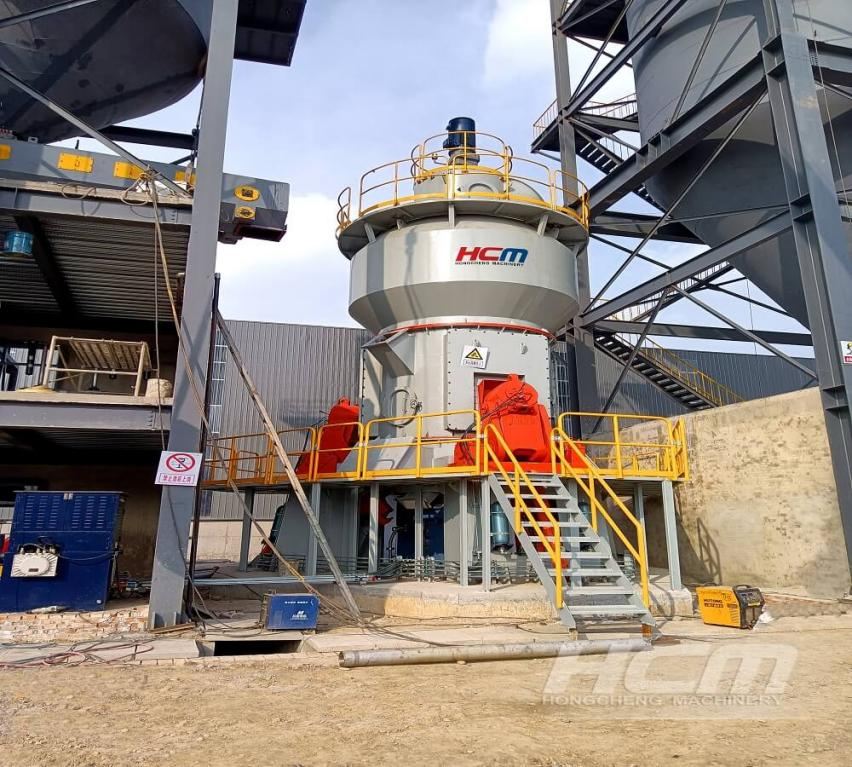Waste glass is a kind of domestic waste, its existence not only causes harm and inconvenience to people's production and life, but also brings pollution to the environment, occupies valuable land, and increases the environmental load. It is estimated that China produces about 3.2 million tons of waste glass every year, accounting for about 2% of the total amount of municipal solid waste. With the enhancement of the comprehensive national strength and the improvement of people's living standards, the total amount of waste glass has also increased. In terms of recycling and utilization of waste glass, some developed countries in the United Kingdom and the United States have achieved remarkable results. European and American countries have successfully used waste glass in construction projects, which is an effective way to consume a large amount of waste glass. Because all kinds of waste glass do not need to be sorted, there is no requirement for color. For example, waste glass is processed as a building decoration material in Mosaic. As a waste glass mill manufacturer, the waste glass mill produced by HCM Machinery provides a good equipment help for the recycling of waste glass. Today, we will introduce the production process of waste glass recycling glass Mosaic.
1. Beneficiation of phosphate rock: Beneficiation of phosphate rock is the first step in the processing of phosphate rock, which aims to separate useful minerals from impurities in phosphate rock by physical and chemical methods. Common beneficiation methods include gravity separation, flotation and magnetic separation. Gravity separation uses the density difference of minerals in the ore for separation, flotation uses the buoyancy difference of minerals in the ore for separation, and magnetic separation uses the magnetic difference of minerals in the ore for separation.
2. Crushing and grinding of phosphate rock: phosphate rock after beneficiation, need to be crushed and grinding treatment, in order to better release the useful minerals in the ore. Crushing is usually used jaw crusher, cone crusher and other equipment to break phosphate rock into appropriate particle size. Grinding is the use of large mill production and processing phosphate powder machine to fine grind the crushed ore, so that it meets the required fineness requirements.
3. Leaching of phosphate rock: Leaching is a key step in the processing of phosphate rock, through which useful ingredients such as phosphate can be dissolved from the ore. The commonly used leaching methods include acid leaching, alkali leaching and oxidation leaching. Acid leaching uses an acidic solution to dissolve the phosphate, alkaline leaching uses an alkaline solution to dissolve the phosphate, and oxidative leaching uses an oxidizing agent to dissolve the phosphate.
4. Precipitation and filtration of phosphate ores: After leaching, the solution of useful components such as phosphate needs to be precipitated and filtered to separate the solid phosphate products. Precipitation is the use of precipitating agent to convert the phosphate component of the solution into a solid precipitate, and filtration is the separation of the sediment from the solution by filtering equipment.
5. Drying and sintering of phosphate rock: After the sediment is filtered, it needs to be dried and sintered to get the finished phosphate product. Drying is the use of drying equipment to evaporate the water in the sediment, and sintering is the drying of the sediment at high temperature sintering, so that it forms dense phosphate particles.
6. Phosphate ore tailings treatment: phosphate ore processing process will produce a certain amount of tailings, tailings contain unextracted minerals and impurities. In order to reduce environmental pollution and waste of resources, tailings need to be treated. The common tailings treatment methods include tailings stacking, tailings recycling and tailings comprehensive utilization.
The production process of waste glass recycling glass Mosaic: sintering method and melting method are generally used, and the production method of sintering method and ceramic Mosaic are basically the same. The main production process is to fine grind the waste glass through the waste glass mill to meet the fineness requirements of the glass powder, and then add a certain amount of sticky agent (inorganic or organic can) and coloring agent or decolorizing agent, with the mixer to mix it into a uniform compound. The mixture is pressed into various geometric shapes by dry pressing method, and the dried body is sent to the roller kiln, push plate kiln and tunnel kiln with a temperature of 800-900 degrees Celsius for sintering. Generally, it stays in the sintering temperature zone for 1.5-2.5 hours. Cooling products out of the kiln for inspection, placement, drying, inspection, packaging, storage or factory, unqualified products are recycled. The melting method is based on waste glass (the amount of people is 25-60%) as the main raw material, adding a certain amount of silica sand, feldspar, limestone, soda ash and emulsion agent, coloring agent through the waste glass grinding mechanism into a uniform matching powder, and then into the high temperature melting kiln (melting temperature is 1400-1500) to melt into a uniform glass liquid. The glass liquid flows into the calender and is pressed into a glass block of a certain size and shape, which is sent to the annealing kiln. The annealed products can be stored or delivered after inspection, placement and packaging.
Waste glass recycling Glass mosaics are based on grinding waste glass into glass powder. Waste glass mill is a production equipment for processing glass powder. The waste glass mill produced by HCM Machinery has HC, HCQ and other models, which can process 80-400 mesh glass powder with large output, low energy consumption, small equipment area and simple technology. If you have waste glass recycling needs, welcome to call us to learn more about waste glass mill equipment:hcmkt@hcmilling.com
Post time: Jan-08-2024










